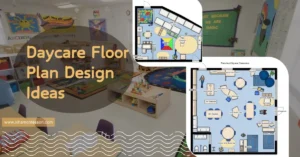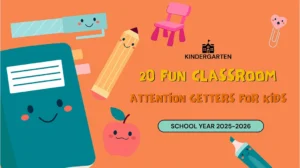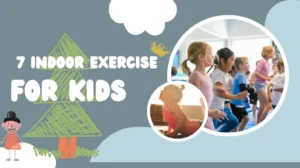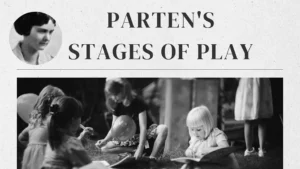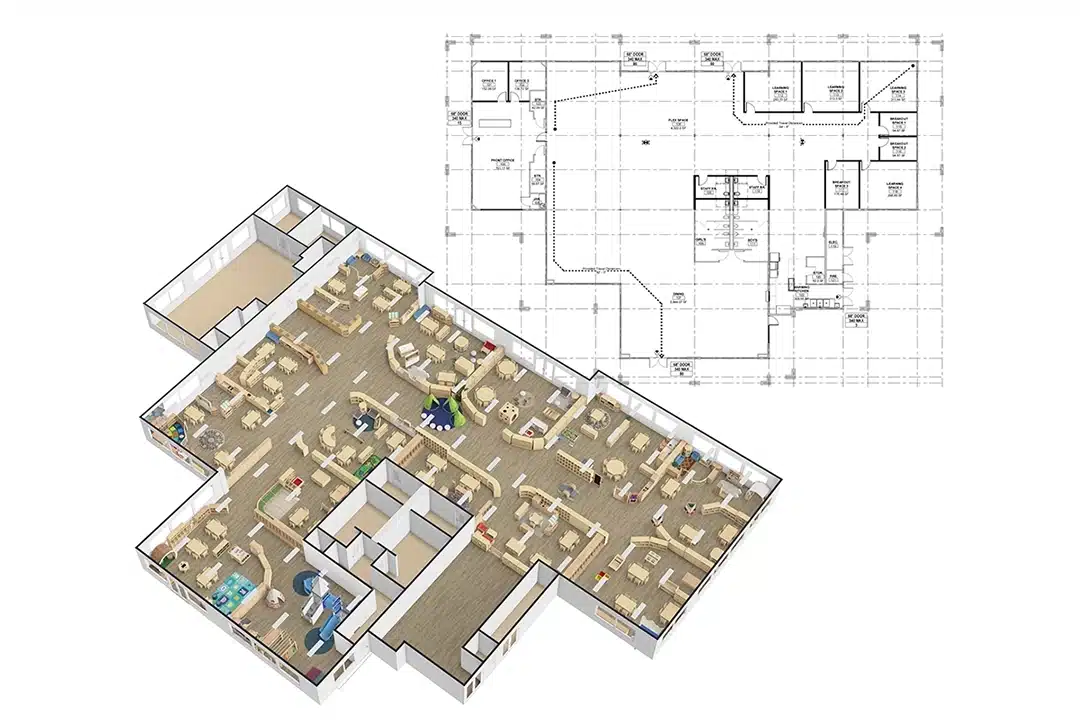Are you ready to embark on a literary adventure that sparks a love for reading in young minds? Setting up a library area in preschool can be a transformative experience for children. Let’s explore the key steps and creative ideas to craft an enchanting and educational space for young readers.
When setting up a library area in preschool, it is important to consider the age and developmental stage of the children. For younger preschoolers, creating a cozy reading nook with soft cushions and bean bags can make the space inviting and comfortable. Incorporating bright colors and playful patterns into the decor can also help stimulate their curiosity and imagination.
For older preschoolers, it is beneficial to have a variety of books that cater to different interests and reading levels. Organize the books in a way that is visually appealing and easy for the children to navigate. You can use colorful bins or shelves to categorize books by genre, author, or topic. This not only encourages independent exploration but also promotes the development of organizational skills.
Why Is a Library Area Important in Preschool?
Library area in preschool can foster a love for reading and create a positive association with books from an early age. It serves as a quiet and cozy space where children can explore books, develop their language skills, and ignite their imagination. By providing access to a variety of age-appropriate books, we can encourage preschoolers to become lifelong readers.
A well-designed library in preschool provides numerous benefits for preschoolers. Firstly, it promotes a love for reading and exposes children to a wide range of literature, helping them develop their vocabulary, comprehension, and critical thinking skills. It also encourages independent exploration and self-directed learning.
Furthermore, a library area preschool fosters a sense of community and collaboration among preschoolers. It can serve as a space for group activities, such as storytelling sessions or puppet shows, where children can learn from and inspire each other. This social interaction not only enhances their communication skills but also promotes empathy and respect for others.
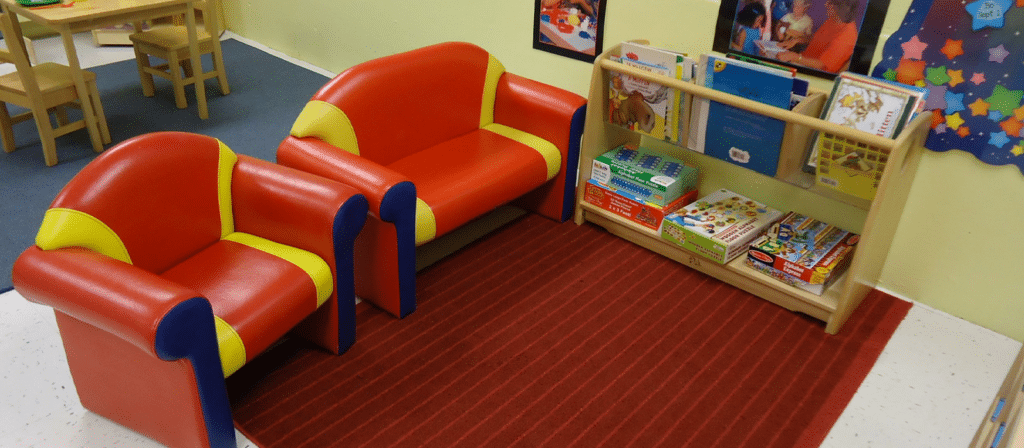
Promotes Literacy Skills: A library area introduces preschoolers to books and reading, fostering early literacy skills. Regular exposure to books helps children develop vocabulary, comprehension, and phonemic awareness, setting a strong foundation for future reading and academic success.
Encourages a Love for Reading: Having a designated book space makes reading a special and enjoyable activity. Children who interact positively with books from an early age are more likely to develop a lifelong love for reading.
Supports Cognitive Development: Books introduce new concepts, ideas, and information that challenge children’s thinking and understanding of the world. A library area in preschool serves as a resource for exploring these new ideas, supporting cognitive growth and curiosity.
Enhances Concentration and Focus: Time spent in the preschool library center can improve attention spans and focus. Reading and listening to stories require children to sit still, listen, and concentrate, which are crucial skills for academic and life success.
Provides a Quiet Retreat: Preschool can be a bustling place, and a preschool library area offers a quiet spot where children can relax and decompress. This can be especially beneficial for children who need a break from sensory stimulation.
Fosters Social Skills: A library center preschool also encourages social interactions, such as sharing books, discussing stories, and engaging in storytelling. These activities help children develop communication skills and empathy.
Supports Emotional Development: Through stories, children explore different emotions and situations, which can help them understand their own feelings and those of others. Books can be a great tool for helping children process and discuss complex emotions in a safe environment.
Enhances Thematic Learning: Books can be aligned with classroom themes or current learning topics, making learning more cohesive and integrated. A library area in preschool can complement other areas of learning by providing resources that reinforce themes being explored in the classroom.
Key Considerations for Setting a Library Area in Preschool
An effective library area in preschool requires careful planning to ensure the environment stimulates children’s interest in reading, supports their cognitive development, and provides a comfortable learning atmosphere. There are a few key considerations to keep in mind when setting up a library area in preschool. Let’s dive in!
1. Choose the Right Location
Selecting the right location for your library area in preschool is crucial. Ideally, it should be a quiet corner of the classroom, away from distractions and noise. This will create a peaceful environment where children can focus on exploring books and engaging in independent reading.
2. Create a Cozy Reading Nook
Make the library area in preschool inviting by creating a cozy reading nook. Use soft cushions, bean bags, or small chairs for seating. Adding a rug or carpet will provide a comfortable space for children to sit, relax, and immerse themselves in the world of books. Remember, comfort is key to encourage prolonged reading sessions.
3. Display Books at Eye Level
Preschoolers love to explore visually appealing displays. Arrange books on low shelves or in baskets at eye level, making it easy for children to see and choose books independently. Consider organizing books by themes or genres, using colorful labels or picture cues to help children find books that interest them.
4. Rotate Books Regularly
To keep the library area in preschool fresh and exciting, rotate books regularly. Introduce new books and themes periodically to spark curiosity and maintain children’s interest. Consider adding seasonal books or books related to the topics being covered in the curriculum. By offering a variety of books, you can cater to different interests and expand children’s knowledge.
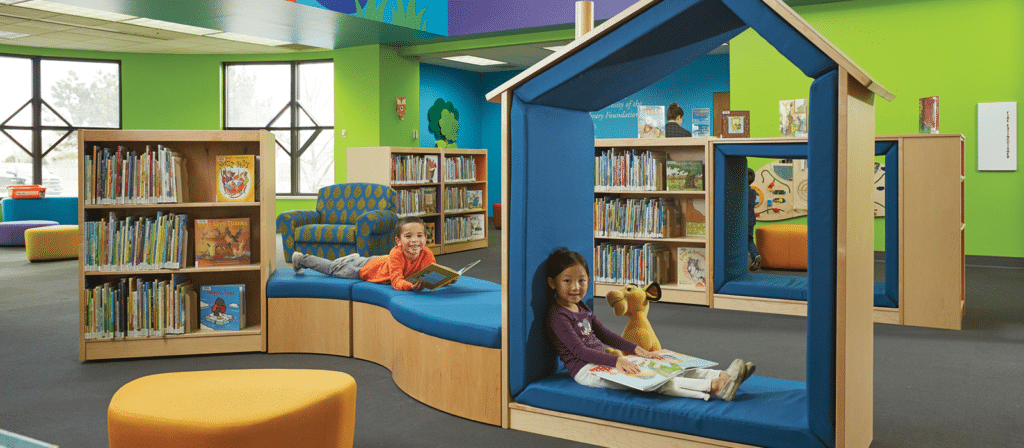
5. Incorporate Storytelling Props
Enhance the reading experience by incorporating storytelling props. Use puppets, flannel boards, or felt characters to bring stories to life. Encourage children to engage in imaginative play and retell stories using these props. This interactive element adds a fun and hands-on dimension to the library area in preschool, making reading an even more enjoyable experience.
6. Provide a Quiet Atmosphere
Create a peaceful atmosphere in the library area by minimizing distractions. Use soft lighting, such as lamps or fairy lights, to create a calming ambiance. Consider setting up a “quiet zone” sign or a visual cue to remind children to maintain a quiet voice while in the library area. This will help foster a respectful and focused reading environment.
7. Engage Parents and Caregivers
Involving parents and caregivers in the preschool library area for preschool can further enhance children’s reading experience. Encourage families to borrow books and read with their children at home. Organize regular reading events or parent workshops to promote literacy and provide resources for parents to support their child’s reading journey. By creating a partnership between school and home, we can reinforce the importance of reading in a child’s life.
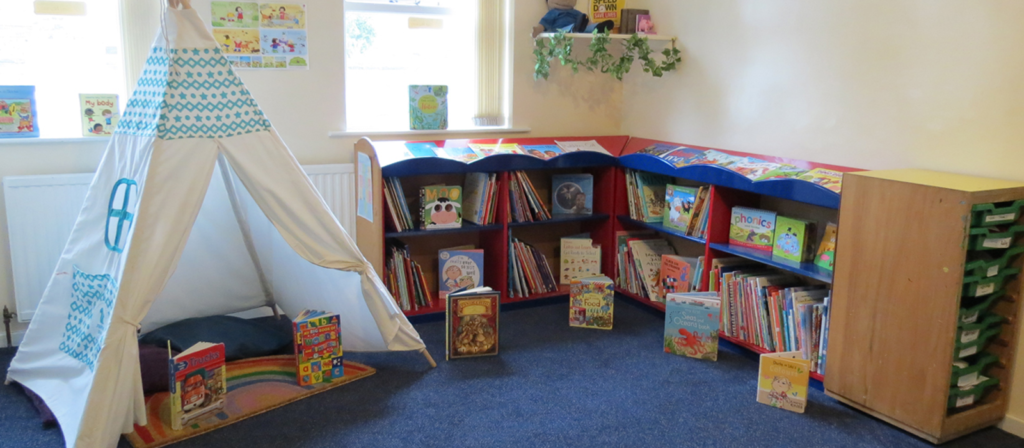
Essential Furniture and Materials for a Library Area in Preschool
Creating a well-equipped library area in preschool is essential for fostering a love of reading and early literacy skills. The right furniture and materials provide a welcoming, safe, and engaging environment for young learners. From comfortable seating to appropriate book selections, every element should be chosen carefully to support children’s development.
Comfortable Seating Options for Library Area in Preschool
Comfortable seating plays a crucial role in making a classroom reading corner an inviting space. Children need a cozy spot where they can relax, focus, and fully engage with books. The right seating encourages longer reading sessions and improves the overall experience. Here are some excellent seating options:
- Reading Nooks or Tents – Creating a semi-private space with a reading nook or tent can enhance the feeling of immersion in stories and encourage independent reading.
- Bean Bag Chairs – Soft, flexible, and easy to move, bean bag chairs allow children to sit comfortably in their preferred position, making reading more enjoyable.
- Soft Rugs & Floor Cushions – A plush rug or floor cushions provide a warm, comfortable space where kids can sit or lie down while reading. Rugs also help define the library area in preschool.
- Mini Reading Sofas – Low-height sofas designed for young children provide ergonomic support and encourage extended reading time.



Bookshelves and Storage Solutions Library Center In Preschool
Proper organization is key to maintaining an inviting and accessible library area in preschool. Bookshelves and storage solutions should be child-friendly and encourage independence. Some important factors to consider include:
- Low, Open Bookshelves – Preschool classroom shelves should be at a child’s eye level, allowing them to easily see and select books without assistance.
- Front-Facing Book Displays – Young children are more likely to engage with books when they can see the cover rather than just the spine.
- Bins and Baskets – Sorting books into labeled bins based on themes, genres, or levels makes it easier for children to choose books that interest them.
- Rotating Book Collections – Changing the book selection periodically keeps the library fresh and exciting for young readers.
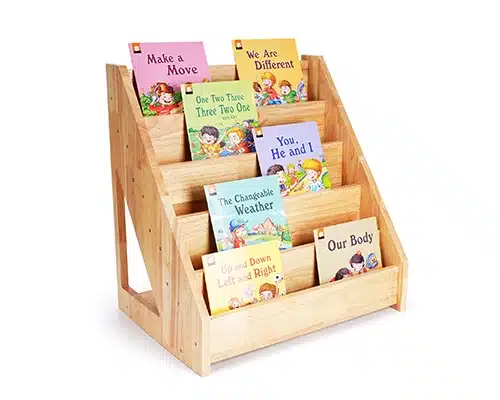
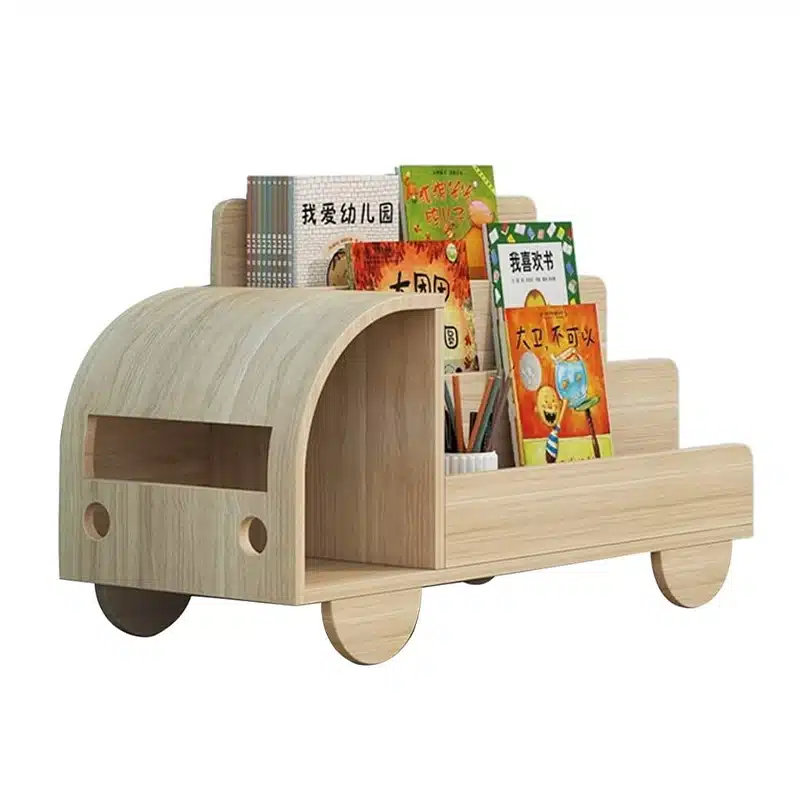
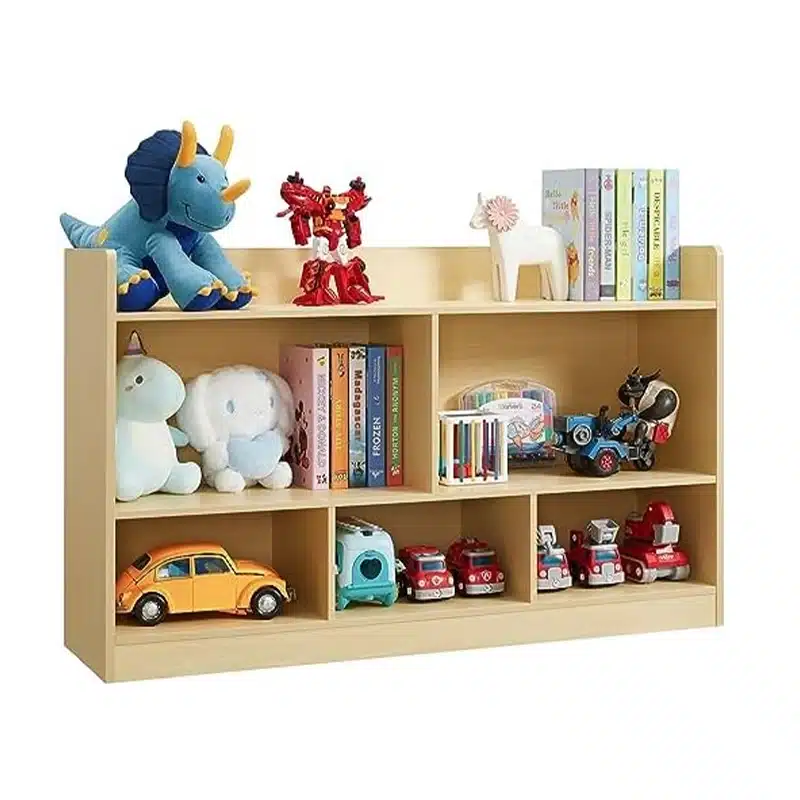
Selecting Age-Appropriate Books for Library Area in Preschool
Choosing the right books is essential to ensure preschoolers stay engaged and develop strong literacy skills. Different age groups have varying levels of comprehension and interest, so it’s important to select books that align with their needs.
1. Recommended Book Types for Preschoolers
- Picture Books – Suitable for ages 2-5, with vivid illustrations that help children understand stories even before they can read.
- Interactive Books – Books with flaps, textures, or sounds (e.g., lift-the-flap books, touch-and-feel books, sound books) keep young readers engaged.
- Rhyming and Repetitive Books – Books like Dr. Seuss titles help develop phonemic awareness and rhythm in language.
- Social-Emotional Learning Books – Titles such as The Feelings Book or How Do Dinosaurs Say Goodnight? Help children understand emotions and social interactions.
2. Key Considerations for Book Selection
- Simple, Clear Language – Sentences should be easy to understand and encourage participation.
- Engaging Illustrations – High-quality images capture children’s attention and aid comprehension.
- Relatable or Imaginative Storylines – Books should reflect real-life situations (e.g., friendship, family, school) or spark imagination (e.g., adventure, fantasy).
- Educational Value – Some books should teach numbers, letters, shapes, colors, or social skills enjoyably.
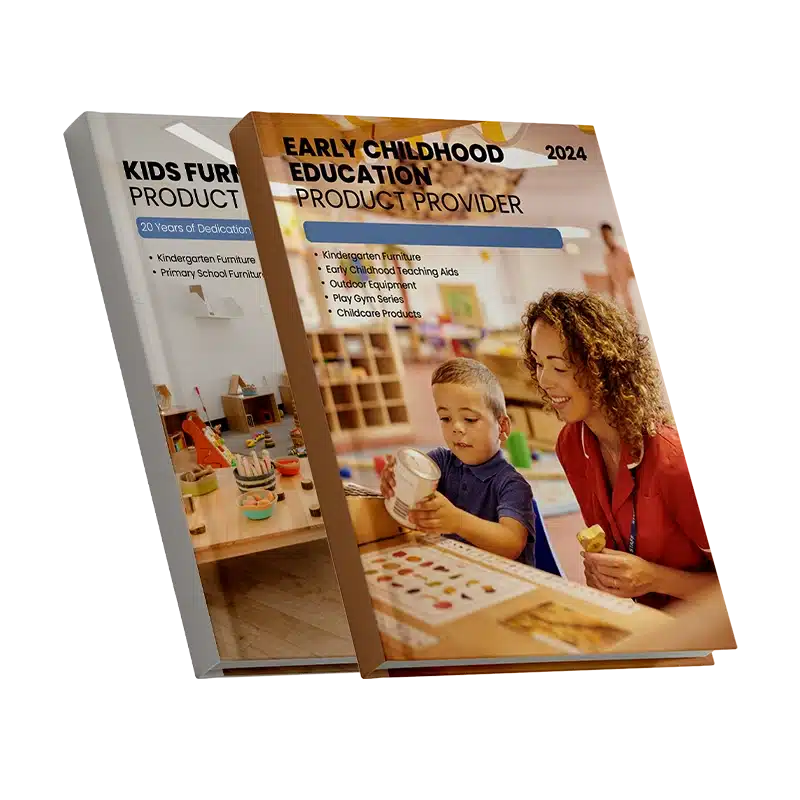
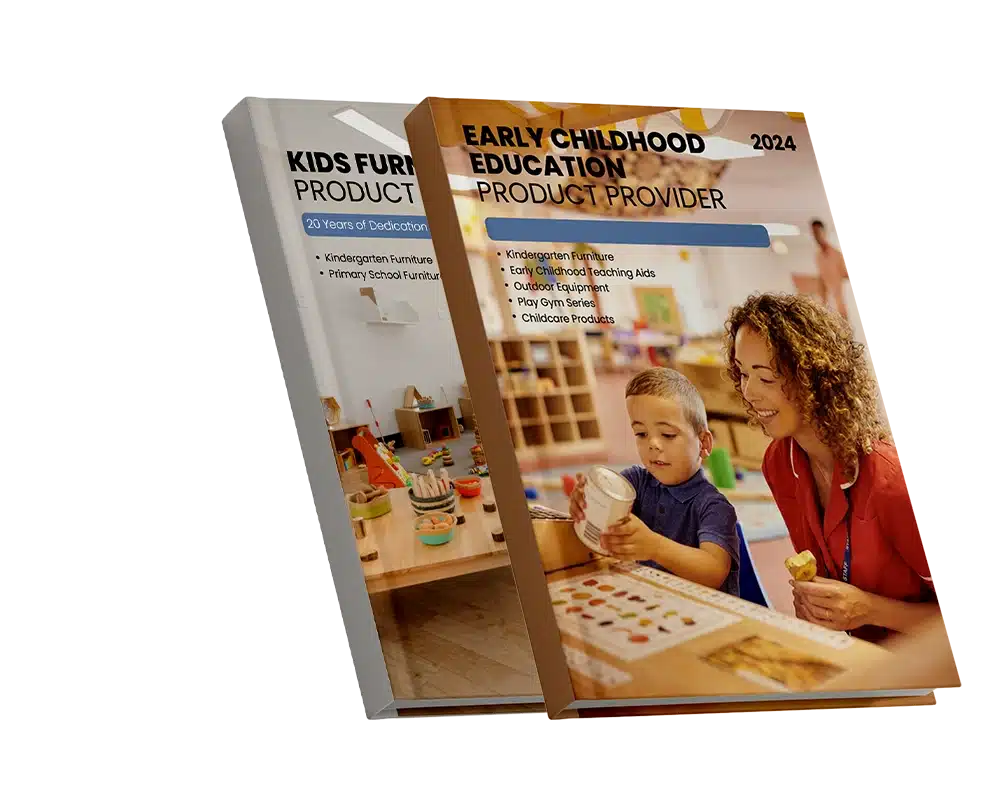
Preschool Library Ideas to Promote Reading Culture
A strong reading culture in preschool is not just about having books readily available—it’s about making reading a natural, enjoyable, and interactive experience. Through structured daily routines, teacher and parent involvement, and engaging activities, preschoolers can develop a lifelong love for books. Here are some preschool library center ideas.

Establishing a Daily Reading Routine
A predictable reading routine helps children associate books with enjoyment and learning. Setting aside a consistent time each day, such as morning circle time or just before nap time, makes reading a comforting ritual. When children expect and look forward to storytime, they begin to engage with books.
However, a reading routine should go beyond just listening. Teachers can make storytime interactive by using expressive voices, exaggerated facial expressions, and asking thought-provoking questions like, “What do you think happens next?” or “How would you feel if you were this character?” These small strategies turn reading into a two-way experience rather than just passive listening.
In addition to group storytime, independent book exploration should be encouraged. Creating a cozy area for preschoolers with child-friendly bookshelves and comfortable seating invites children to browse through books on their own. Regularly rotating books based on themes, seasons, or current classroom interests keeps the selection fresh and exciting. When children feel ownership over their reading choices, they are more likely to develop intrinsic motivation to read.
Encouraging Teacher and Parent Involvement
Children learn by example, and when both teachers and parents demonstrate enthusiasm for reading, preschoolers are more likely to follow suit. In the classroom, teachers should actively engage with books—not just during designated storytime but throughout the day. They can incorporate books into play-based learning, reference stories when discussing emotions or real-life situations, and display excitement when introducing new books to the class.

At home, parents play a crucial role in reinforcing a child’s love for reading. A simple book-lending program allows children to bring books home, encouraging family reading time. Teachers can provide parents with easy-to-follow reading tips, such as using animated voices, pointing to words as they read, or asking children to predict the story’s ending. These small efforts make reading an interactive experience rather than just a bedtime routine.
Beyond daily reading, special events strengthen the bond between school, home, and books. Organizing parent-child reading nights, mystery reader sessions where family members take turns reading to the class, or even book-themed dress-up days can make reading a communal and exciting activity. When children see that books are celebrated both at school and at home, they naturally develop a deep appreciation for reading.
Organizing Fun Reading Activities
Reading should never feel like a chore—it should be engaging, interactive, and fun. Instead of limiting storytelling to just words on a page, incorporating hands-on activities can make books come alive. For instance, using puppets, masks, or simple props during storytime helps children visualize and immerse themselves in the story. Acting out favorite scenes from books strengthens comprehension and turns reading into an enjoyable group activity.
Art and crafts related to books also enhance the reading experience. After reading a book about animals, children can create paper animal masks. A story about seasons can inspire a painting project based on different weather patterns. These activities help children connect stories to their own creativity and make reading more memorable.
Group-based reading initiatives can further encourage engagement. A “reading buddies” program, where older students visit the preschool class to read to younger children, fosters mentorship and excitement around books. Similarly, a scavenger hunt in the library area for preschool, where children search for books based on colors, themes, or characters, turns book selection into an adventure rather than a routine task.
By making reading interactive and full of discovery, preschoolers learn that books are more than just objects—they are doorways to imagination, creativity, and knowledge. A well-structured library program, supported by enthusiastic teachers, involved parents, and dynamic activities, ensures that children develop literacy skills and a lifelong passion for reading.
How Can I Promote Independent Reading in the Preschool Library Area?
Promoting independent reading in the library center for preschool is crucial for developing lifelong readers. To encourage independent reading, provide a variety of books that cater to different interests and reading levels. Display books with enticing covers and create themed book displays to pique children’s curiosity.
Additionally, create a reading challenge or reward system to motivate children to read independently. This can include reading logs, book recommendation boards, or even small prizes for reaching reading milestones. Celebrating reading achievements can create a positive reading culture and inspire a love for books.
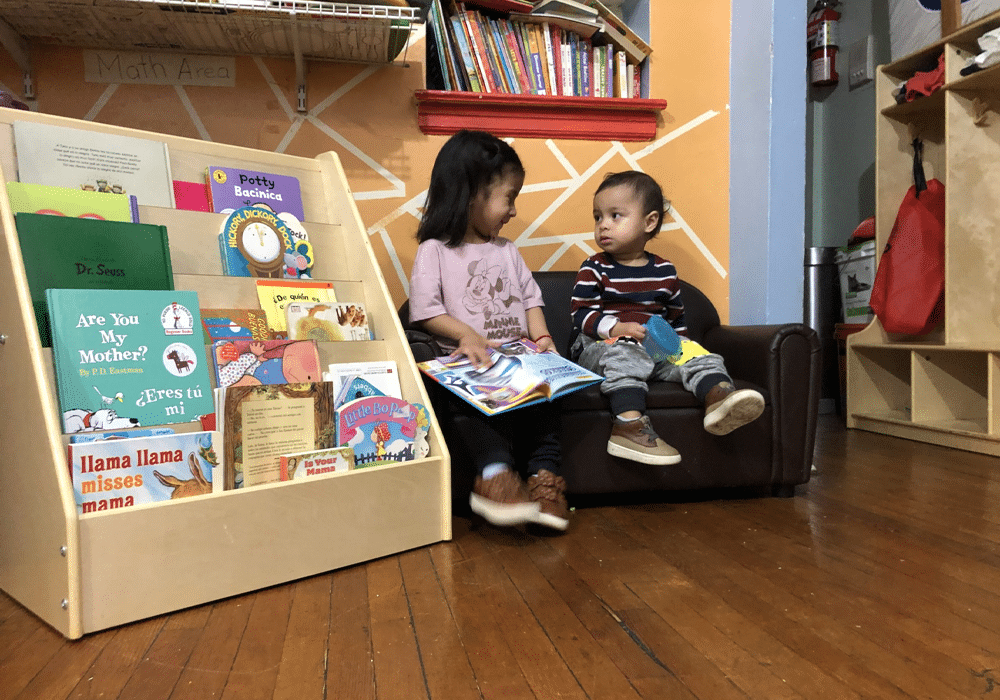
How Can I Integrate Technology in the Library Area?
Integrating technology in the library center can enhance the learning experience and cater to the digital natives of today. Consider incorporating educational apps or digital storytelling platforms that allow children to interact with stories in a multimedia format. Digital book displays or e-readers can also provide access to a vast collection of books in a compact and portable format.
However, it is important to strike a balance between technology and traditional reading materials. Encourage children to explore both digital and physical books to develop a well-rounded reading experience. Additionally, provide guidelines for responsible technology use and ensure that children are supervised while using digital resources.
Maintaining and Upgrading the Library Area in Preschool
To nurture a love for reading, maintaining a vibrant and inviting preschool library center is crucial. Regular updates to the book collection and keeping the space tidy enhance its appeal. Incorporating fresh library center ideas for preschool, based on feedback from children and teachers, ensures the area remains functional and inspiring.

Regularly Updating the Book Collection
Children’s interests change as they grow, and keeping the book selection fresh encourages them to explore new stories and concepts. Regularly introducing new titles based on themes, seasons, or special classroom topics keeps reading exciting. Books with interactive elements—such as lift-the-flap features, textures, or sound buttons—can enhance engagement and cater to preschoolers’ curiosity.
Additionally, diversity and inclusivity should be key considerations when updating the collection. Ensuring that books represent different cultures, abilities, and family structures helps children develop empathy and broadens their worldview. It’s also essential to replace worn-out or damaged books so that children always have access to high-quality materials that enhance their reading experience.
Keeping the Library Area Clean and Organized
A clean, well-organized library area in preschool makes it easier for children to browse books independently and feel comfortable in the space. Bookshelves should be arranged at a child-friendly height, with books displayed in a way that allows young readers to easily recognize covers and make their own selections. Using labeled bins or themed book baskets can help categorize books based on topics such as animals, adventure, emotions, or seasons.
Regular cleaning routines should be in place to keep the space hygienic. Preschoolers often explore with their hands, so sanitizing books, seating, and play elements helps maintain a healthy environment. Encouraging children to take part in simple clean-up routines, such as returning books to designated spots or wiping down tables, instills responsibility and care for shared spaces.
Gathering Feedback from Children and Teachers
The best way to keep the library area in preschool relevant and engaging is to listen to those who use it most—children and teachers. Observing which books are frequently chosen and which remain untouched provides insights into children’s interests. Teachers can also offer valuable input, recommending books that align with classroom themes or identifying areas where additional materials, such as bilingual books or storytelling aids, might be helpful.
Engaging children in decision-making can be a fun way to involve them in the library’s evolution. Hosting “Book of the Month” voting, where children select their favorite story, or creating a wish list board where they can request new books, gives them a sense of ownership over their reading space.
Conclusion
Setting up a library area in preschool requires thoughtful planning and consideration. By creating a cozy and inviting space, providing a variety of books and resources, and integrating technology in a balanced way, you can create a vibrant and engaging library area that fosters a love for reading and supports children’s literacy development. Remember, a well-designed library area in preschool can ignite a lifelong passion for learning and exploration in young minds.



